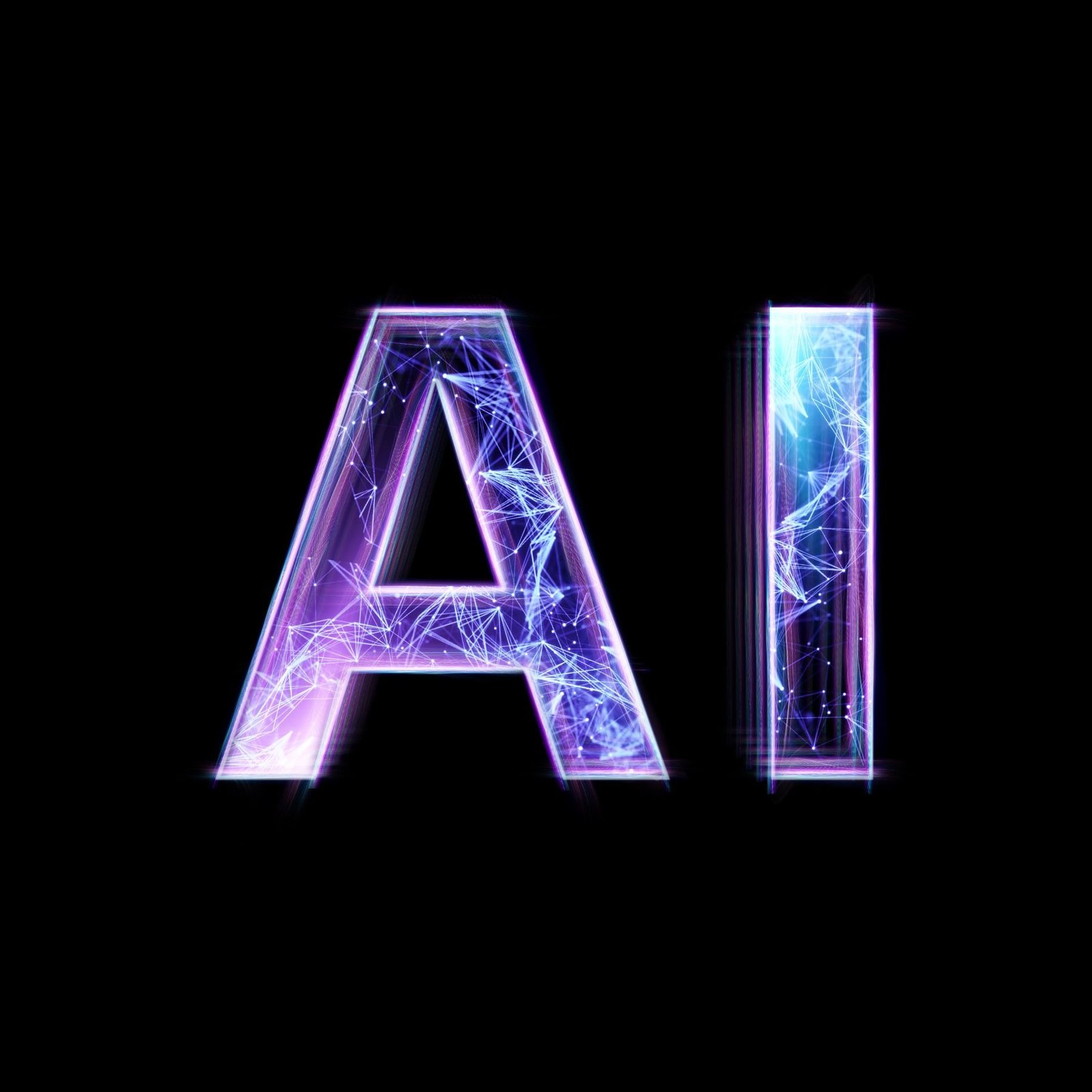Table of Contents
Introduction
Artificial Intelligence has taken yet another giant leap forward with Google’s launch of Gemini AI 2.0. This cutting-edge model represents a significant milestone in making AI more intuitive, accessible, and impactful across industries. Whether you’re a developer looking for robust tools or an everyday user seeking more innovative solutions, Gemini AI 2.0 promises to redefine how we interact with technology. But what exactly sets this AI apart?
What Is Gemini AI 2.0?
Gemini AI 2.0 is the latest iteration of Google’s ambitious AI initiative, designed to enhance user experiences through more innovative, faster, and dynamic capabilities. Building on the foundation of Gemini 1.0, this version leverages machine learning and artificial intelligence breakthroughs to provide unparalleled accuracy and efficiency.
Evolution of Google’s AI Models:
From Google’s Assistant to the state-of-the-art Bard, Gemini AI 2.0 marks a culmination of years of research. This new model focuses on merging advanced natural language processing with multimodal learning, enabling it to process text, images, and other forms of data seamlessly.
The Purpose Behind Gemini AI 2.0:
The primary goal of Gemini 2.0 is to democratize AI, making it accessible for personal, professional, and enterprise use. It bridges the gap between human understanding and machine intelligence, fostering better collaboration.
Key Features of Gemini AI 2.0
1. Advanced Natural Language Processing (NLP):
Gemini AI 2.0 understands context and nuance better than ever, making interactions more human-like. It can handle complex queries, generate coherent responses, and adapt to diverse languages and dialects.
2. Enhanced Multimodal Capabilities:
One of the standout features is its ability to process and generate content across multiple modes—text, images, and videos. Picture explaining a visual idea with words and having Gemini 2.0 instantly generate a photo or a short video.
3. Real-Time Adaptation and Learning:
Unlike previous models, Gemini 2.0 learns dynamically. This means it can adapt to individual preferences, fine-tune itself over time, and improve interactions based on real-world feedback.
How Gemini AI 2.0 Differs from Previous Versions
Gemini AI 2.0 is not just an incremental upgrade—it’s a quantum leap.
Comparison with Gemini 1.0:
While Gemini 1.0 focused on foundational AI capabilities, version 2.0 excels in context awareness, precision, and adaptability. It also boasts higher efficiency, processing tasks faster while consuming less computational power.
New Capabilities and Improvements:
1. Greater accuracy in understanding user intent
2. Robust data security measures
3. Broader integration with third-party platforms
Applications of Gemini AI 2.0
Personal Productivity:
From drafting emails to organizing schedules, Gemini 2.0 acts like a personal assistant that genuinely understands your needs.
Business and Enterprise Solutions:
Companies can harness its capabilities for customer support, data analysis, and streamlining operations. Its capability to process massive datasets instantly is truly transformative.
Education and Research:
Gemini 2.0 assists in simplifying complex topics, creating study materials, and even generating simulations for scientific research.
How Gemini AI 2.0 is Transforming Technology
Improved Accessibility:
Google has designed Gemini 2.0 with inclusivity in mind. Its interface is intuitive, allowing even non-technical users to leverage its power.
Ethical and Responsible AI:
Are you concerned about privacy? Google has baked transparency into Gemini 2.0, ensuring user data remains secure while adhering to ethical AI principles.
Integration Across Platforms:
Whether using Google Workspace, Android devices, or third-party apps, Gemini AI 2.0 integrates effortlessly, enhancing your tech ecosystem.
The Impact of Gemini AI 2.0
Benefits for Developers
Gemini 2.0 offers a wide range of tools and SDKs (Software Development Kits) tailored for developers. Whether you’re building conversational AI applications, designing automated workflows, or enhancing customer support systems, Gemini AI 2.0 provides the backbone. Developers can access pre-trained models, customize workflows, and integrate AI functionality with minimal coding.
Key Advantages for Developers:
1. Pre-trained Models:
Saves time with ready-to-use models for natural language processing, image recognition, and more.
2. Customizable Workflows:
Gemini AI 2.0 adapts to specific industry needs, allowing fine-tuning based on unique requirements.
3. Ease of Integration:
Works seamlessly with existing tools and platforms, making deployment straightforward.
Impact on Everyday Users
For the average user, Gemini 2.0 simplifies daily life. Imagine having an AI that drafts your reports, generates creative ideas for presentations, or even plans your following vacation itinerary. Its ability to multitask and context-aware suggestions makes it feel less like a tool and more like a collaborator.
Everyday Use Cases:
1. Personalized Recommendations: From shopping to movie suggestions, its advice suits your preferences.
2. Improved Communication: Easily drafts emails, texts, and even professional documents.
3. Educational Support: Tutors users in various subjects by simplifying complex concepts.
Challenges and Criticisms
Like any groundbreaking technology, Gemini 2.0 isn’t without challenges. Critics have raised concerns about potential misuse, over-reliance, and the implications of AI replacing specific jobs. Google addresses these issues by emphasizing transparency and ethical AI and empowering users to maintain control over AI-driven processes.
How Google Is Tackling Criticisms:
1. Implementing strict data privacy policies
2. Educating users about the limits of AI
3. Encouraging partnerships with organizations to ensure responsible usage
What the Future Holds for Gemini AI
Google’s Vision for AI
Gemini 2.0 is just the beginning. Google envisions a future where AI seamlessly integrates into our personal and professional lives, becoming an indispensable ally. Upcoming updates promise even better adaptability, deeper integrations, and advancements in AI creativity.
Global Implications
Gemini 2.0 isn’t limited to a single region or demographic—it’s a global phenomenon. Breaking language barriers and offering localized solutions can transform education, healthcare, and business in underdeveloped and developing regions.
Industries Impacted by Gemini 2.0:
1. Healthcare: Enables faster diagnoses and personalized treatment plans.
2. Education: Promotes inclusive learning environments for students worldwide.
3. Finance: Assists in fraud detection and predictive analytics.
How to Access Gemini AI 2.0
Steps to Start Using Gemini AI 2.0
Getting started with Gemini AI 2.0 is straightforward. Whether you’re a casual user or a tech enthusiast, Google has ensured accessibility at every level.
1. Sign Up: Create a Google account or use an existing one to gain access.
2. Explore Features: Start by using it within Google Workspace apps like Docs or Sheets.
3. Advanced Options: Developers can download SDKs for custom applications.
Availability and Pricing
Gemini 2.0 offers both free and premium tiers. Casual users can enjoy core features for free, while businesses and developers can opt for subscription plans to unlock advanced capabilities.
Getting the Most Out of Gemini AI 2.0
Maximizing its potential requires some exploration. Google provides tutorials, demos, and documentation to help users and developers. Experiment with its multimodal capabilities, connect it to third-party apps and watch it transform your workflows.
Pro Tips:
1. Use it for brainstorming creative ideas.
2. Integrate it into your day-to-day tasks, like automating repetitive work.
3. Continuously update and train the AI for personalized experiences.
Conclusion
Google’s Gemini 2.0 is a game-changer in artificial intelligence. Its advanced capabilities, ethical framework, and universal accessibility make it a powerhouse for both personal and professional use. By bridging the gap between human intuition and machine intelligence, Gemini 2.0 sets the stage for a future where AI doesn’t just assist us—it collaborates with us.









